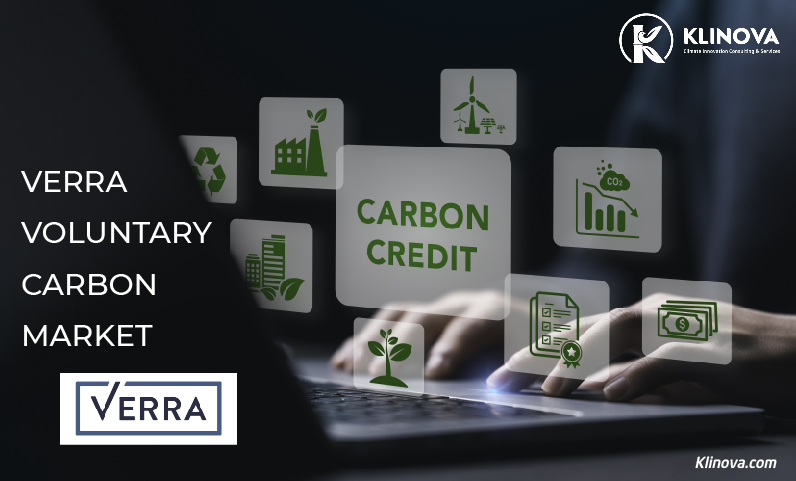As of 2024, carbon credits issued by Verra account for approximately 40% of the global market share, with over 2,000 registered projects and more than one billion tons of CO₂e (carbon dioxide and equivalent greenhouse gases like NOx or CH₄) reduced or removed from the atmosphere.
Established in 2007, Verra began with the goal of creating a higher-quality assurance system for the voluntary carbon market, which at the time was fragmented by disparate international standards. Collaborating with reputable organizations such as The Climate Group, the International Emissions Trading Association (IETA), and the World Business Council for Sustainable Development (WBCSD), Verra released the first version of the VCS, which quickly gained international traction. After several improvements (in 2007, 2011, and 2019), the system has evolved to offer broad coverage, a clear governance mechanism, and a high level of credibility. In addition to managing the VCS, Verra has also developed various programs related to biodiversity, plastic waste management, and community development—reflecting a holistic vision for sustainability.

One of Verra’s core strengths is its rigorous technical standards and verification procedures. To receive carbon credits under the VCS, a project must undergo two independent assessment steps: validation before implementation and verification after the project is operational. These steps are conducted by separate auditing organizations accredited by Verra, ensuring objectivity, transparency, and scientific integrity. In particular, the VCS requires projects to demonstrate additionality—meaning the emission reductions would not occur without the carbon credit support; permanence—ensuring that results are not reversed in the future; and leakage control—preventing emissions from simply shifting to another location. Additionally, projects must comply with national laws, avoid harm to local communities, and maintain public records in Verra’s registry.
Verra’s governance structure includes a Board of Directors responsible for policy approval and operational oversight, supported by strategic and technical advisory groups that provide expert guidance and peer review. This structure allows Verra to remain adaptable and responsive to the evolving global climate market. The organization also collaborates with other credit systems like the Clean Development Mechanism (CDM), Joint Implementation (JI), and Climate Action Reserve to enhance compatibility and liquidity of its Verified Carbon Units (VCUs), reinforcing its role as a "anchor" standard in the international carbon market.
From Vietnam’s perspective, Verra is not only a model international standard to emulate but also a practical framework demonstrating the importance of establishing a credible carbon market. While the Vietnamese government’s Decree 06/2022/ND-CP has laid the foundation for a domestic carbon market, challenges remain in areas such as credit pricing, data governance, third-party auditing, and specialized human resource training. Lessons from Verra underscore the need for a transparent institutional framework with private sector participation and integration into the global market. Vietnam should also encourage domestic businesses to register and operate projects according to international standards like VCS to access global carbon credit markets and investment capital—especially as carbon border adjustment mechanisms (CBAM) from importing countries like the European Union are being implemented.
In an era where climate change is no longer a distant threat but a pressing reality, carbon credit systems like Verra play a central role in mobilizing financial and technological resources for climate action. Verra is not merely a credit-issuing organization but has become a symbol of trust, quality, and innovation within the global carbon ecosystem. For Vietnam, learning from and adapting to these standards represents a strategic step toward ensuring that its emission reduction efforts are not only locally effective but globally recognized, creating meaningful value for sustainable development. Furthermore, having an internationally aligned carbon credit trading framework will help Vietnam shape its own carbon market, set to officially operate in 2029.
References:
https://offsetguide.org/understanding-các-bon-offsets/các-bon-offset-programs/voluntary-offset-programs/verified-carbon-standard/
https://sustain-cert.com/news/what-are-verra-and-the-verified-carbon-standard